What’s the Difference Between Single Origin and Blends?
When browsing coffee online or in a café, you’ve probably seen the terms single origin and blend. But what do they really mean and how do they affect what ends up in your cup?
Let’s break it down.
Single Origin: One Place, One Profile
Single origin means the coffee beans come from one specific region, farm, or even a single lot within a farm. This could be Ethiopia, Guatemala, or a particular cooperative in Brazil. These beans carry distinct characteristics tied to their terroir, the unique mix of climate, soil, and altitude where they’re grown.
Why people love it:
-
Bold, unique flavor notes
-
Seasonal and often limited availability
-
Great for black coffee drinkers who want to taste the “pure” origin
Try it if you like:
Floral, fruity, or wine-like flavors that change with each origin.
Blends: Crafted Balance
Blends combine beans from multiple origins to create a balanced, consistent flavor. Roasters often build blends to highlight chocolatey, nutty, or full-bodied profiles that appeal to a wide audience. Think of it like mixing spices where each component plays a role.
Why people love it:
-
Smoother, more balanced taste
-
Great with milk or cream
-
Reliable flavor from cup to cup
Try it if you like:
Espresso drinks, creamy lattes, or everyday drip coffee.
Which One Should You Choose?
There’s no wrong answer, it all depends on your taste and brewing method.
Want a bright, complex pour-over? Go single origin.
Prefer a reliable cup for your morning latte? A blend might be your go-to.
At Café Kubal, we roast both. Whether you're chasing rare origins or looking for your new daily favorite, we’ve got something for every kind of coffee drinker.

